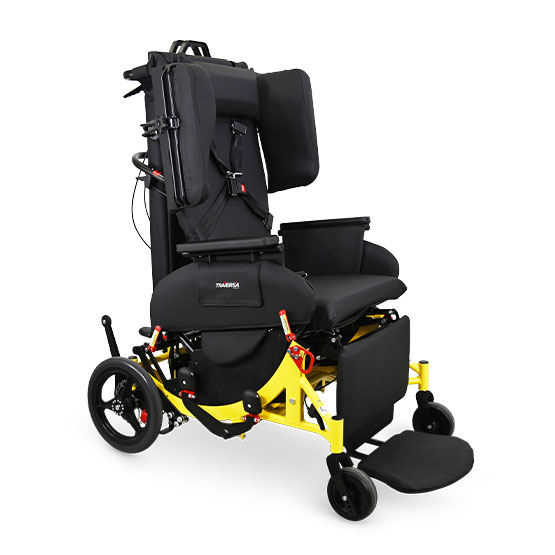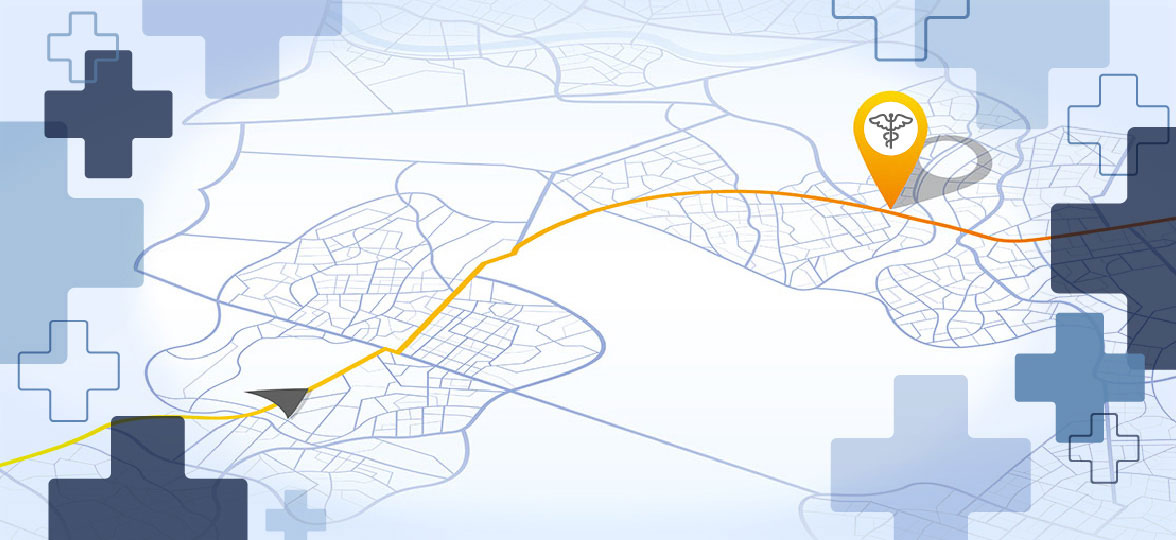Non-Emergency Medical Transportation (NEMT) is more than just a service; it’s a lifeline for individuals who face barriers to accessing healthcare. From the elderly and disabled to those in low-income communities, many individuals struggle with reduced access to transportation, preventing them from attending essential medical appointments. NEMT bridges this gap, improving access to care and transforming health outcomes.
The Role of NEMT in Supporting Healthcare
NEMT services play a critical role in ensuring that no one’s health suffers due to transportation barriers. Below are the ways NEMT supports individuals who have insufficient transportation to medical appointments and treatments.
Reliable Transportation for Patients with Mobility Challenges
According to a 2022 study, 21% of American adults without reliable transportation missed essential medical care within a 12-month period.1 Those with disabilities were more than three times as likely to report missing out on healthcare due to a lack of transportation.1
Better Management of Chronic Conditions
For individuals with conditions that require frequent medical attention, such as dialysis, chemotherapy, or physical therapy, an accessible ride can make the difference between recovery and a worsening of their condition. Additionally, missed appointments for treatment or preventative care can lead to complication-related hospitalizations, creating pain and expense for patients and adding unnecessary strain on healthcare systems. NEMT helps chronically ill individuals receive timely care and avoid missing essential appointments.

Supporting Vulnerable Populations
Low-income families, people with public health insurance, and African Americans were among the populations most likely to skip important care because they were unable to find a ride to their appointments.1 Those with mental illness and cognitive conditions are also among the most frequent NEMT users.
Transportation is a key component in what is known as “Social Determinants of Health” – a list of non-medical conditions or environments that affect an individual’s overall health and well-being. When there is no secure and reliable access to transportation, health and quality of life are likely to suffer. NEMT bridges this gap by offering safe rides for those unable to provide one for themselves.
NEMT enables these vulnerable populations to remain on track with their healthcare, enhancing their quality of life and contributing to longer life expectancy.
Cost-Effectiveness for the Healthcare System
Missed appointments are not just inconvenient—they’re expensive. Missed appointments cost the healthcare industry $150 billion dollars per year in the United States.2 NEMT reduces no-shows, optimizes healthcare providers’ operations, and ensures emergency services are used more appropriately. By preventing costly complications through routine care, NEMT alleviates strain on both emergency rooms and healthcare budgets.
Through its focus on accessibility and consistency, NEMT fosters better health outcomes while strengthening the efficiency of the healthcare landscape.

Case Studies and Data on NEMT’s Impact
The data behind NEMT services paints a compelling picture of its importance:
Improved Healthcare Access
A staggering 3.6 million Americans miss medical care annually due to transportation issues.3 Reliable NEMT addresses this problem, providing safe and consistent transport options that allow patients to attend appointments without disruption.
Preventing Hospital Readmissions
Regular healthcare access enabled by NEMT has been linked to fewer hospital readmissions, particularly for those managing chronic conditions such as diabetes and hypertension.
Reduced Reliance on Ambulance Services
NEMT provides a more affordable alternative to expensive ambulance services. Ambulances also prioritize emergency transportation over routine appointments or hospital discharges, so wait times can often be long and ride cancelation is common. NEMT offers a more reliable service at a lower cost.
Cost Savings for Preventive Care
Research reveals that NEMT pays for itself in cases of preventive care and chronic condition management. NEMT generated a return on investment of over $40 million per month ($480 million annually) per 30,000 Medicaid beneficiaries.4
Enhancing Patient Satisfaction
Patients who utilize NEMT report higher satisfaction levels due to reduced missed appointments and greater adherence to treatment plans.
Numbers aside, every NEMT ride can directly improve an individual’s life. For example, seniors relying on NEMT for dialysis appointments not only receive the care they need but avoid preventable complications like hospitalization due to missed treatments.

Challenges and Innovations in NEMT
While NEMT services have a profound impact on healthcare access, they also face challenges that necessitate continuous innovation.
Challenges:
Limited funding, driver availability, and inefficiencies in scheduling and routing can hinder the reliability of NEMT services. Additionally, accommodating specific mobility needs remains a persistent obstacle.
Innovations:
Advances in transportation and medical equipment, such as the Traversa Transport Wheelchair from Broda, are transforming the NEMT landscape. Designed for safety, comfort, and durability, the Traversa wheelchair functions as both a stretcher and a wheelchair. It enhances mobility for patients, ensuring they can be transported smoothly and safely. Innovations like these make NEMT a more viable option for patients requiring specialized care.
Additionally, emerging technologies—including route optimization software, real-time tracking systems, and AI-powered scheduling tools—are making NEMT services more efficient and reliable.

The Future of NEMT and its Impact on Healthcare Outcomes
As the healthcare industry continues to evolve, NEMT is poised to play an even more significant role in improving access and outcomes. Already, partnerships between healthcare organizations and transportation companies are becoming more common. Innovative organizations focus on leveraging technology for seamless coordination and efficient operations.
Furthermore, the rise of value-based care models is increasing the demand for NEMT services as they prioritize preventative care and proactive chronic disease management. As such, it’s essential for stakeholders in both the healthcare and transportation industries to collaborate continuously to ensure that NEMT can fulfill its crucial role in improving healthcare outcomes for all individuals.
In conclusion, NEMT services are lifesavers on wheels, providing vital access and support to those in need. By continually improving and evolving, NEMT will continue to transform healthcare for the better, ensuring that no one is left behind due to transportation barriers.
Enhance your NEMT offering today. Contact a Broda Sales Representative and discover what Broda can do for you!
References
- Barrie Smith, L., Karpman, M., Gonzalez, D., & Morriss, S. (2023, April). More than One in Five Adults with Limited Public Transit Access Forgo Health Care Because of Transportation Barriers. Urban Institute.
- Gier, J. (2017, April 26). Missed appointments cost the U.S. healthcare system $150B each year. Healthcare Innovation. https://www.hcinnovationgroup.com/clinical-it/article/13008175/missed-appointments-cost-the-us-healthcare-system-150b-each-year
- Social Determinants of Health Series: Transportation and the role of Hospitals: AHA. American Hospital Association. (2017, November 15). https://www.aha.org/ahahret-guides/2017-11-15-social-determinants-health-series-transportation-and-role-hospitals
- Adelberg, M., Salber, P., Pruisner, T., Cohen, M., & Dobosenski, A. (2018, July). Non-Emergency Medical Transportation: Findings from a Return on Investment Study. Medical Transportation Access Coalition. https://mtaccoalition.org/wp-content/uploads/2018/07/NEMT-ROI-Methodology-Paper.pdf




